Heated Counter Tops..?
Dennison17
12 years ago
Related Stories

GREEN BUILDINGInsulation Basics: Heat, R-Value and the Building Envelope
Learn how heat moves through a home and the materials that can stop it, to make sure your insulation is as effective as you think
Full Story
GREEN BUILDINGHouzz Tour: Passive House in Vermont Slashes Heating Bills
Its ecofriendly, low-maintenance design leaves a family with more time to relax and enjoy the weekend home
Full Story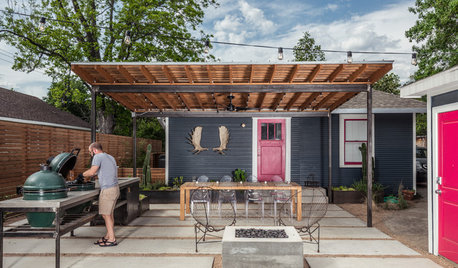
PATIOSA Modern Backyard Trumps the Texas Heat
New shaded areas offer a respite in an outdoor Houston living room, while a fire pit re-creates fond memories
Full Story
KITCHEN COUNTERTOPS10 Top Backsplashes to Pair With Soapstone Countertops
Simplify your decision-making process by checking out how these styles work with soapstone
Full Story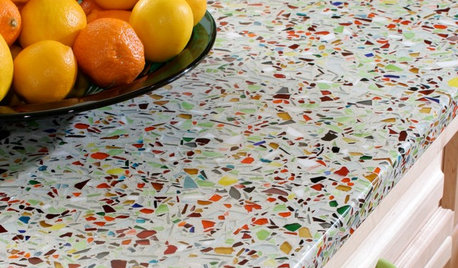
KITCHEN DESIGNKitchen Counters: Sturdy, Striking Recycled Glass With Cement
Ecofriendly and full of character, this heat- and scratch-resistant material is a great fit for custom kitchen counters
Full Story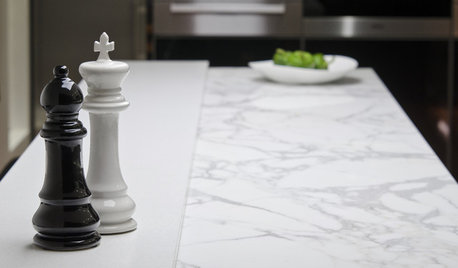
KITCHEN COUNTERTOPSKitchen Counters: High-Tech Solid Surfaces Make Maintenance Easy
Sculpted by heat and nonporous by nature, solid-surface countertops bring imagination and low maintenance to the kitchen
Full Story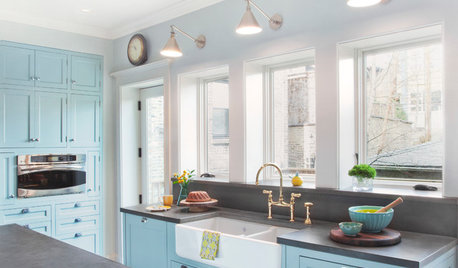
KITCHEN BACKSPLASHES10 Top Backsplashes to Pair With Concrete Counters
Simplify your decision making with these ideas for materials that work well with concrete
Full Story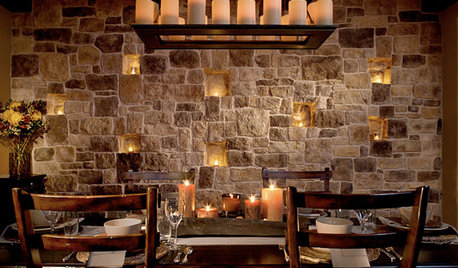
LIGHTINGTurn Up the Party Heat — the Sultry Decorating Secret
Give your home a warm and romantic vibe with candles at the entry, lined up along a wall, floating in martini glasses and more
Full Story
BATHROOM DESIGNWarm Up Your Bathroom With Heated Floors
If your bathroom floor is leaving you cold, try warming up to an electric heating system
Full Story
GREAT HOME PROJECTSHow to Add a Radiant Heat System
Enjoy comfy, consistent temperatures and maybe even energy savings with hydronic heating and cooling
Full Story





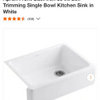


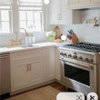
jgopp
countrygirl217
Related Professionals
Corcoran Kitchen & Bathroom Designers · Martinsburg Kitchen & Bathroom Designers · Glade Hill Kitchen & Bathroom Remodelers · Bloomingdale Kitchen & Bathroom Remodelers · Lakeside Kitchen & Bathroom Remodelers · Avocado Heights Cabinets & Cabinetry · Drexel Hill Cabinets & Cabinetry · Norfolk Cabinets & Cabinetry · North New Hyde Park Cabinets & Cabinetry · Warr Acres Cabinets & Cabinetry · Watauga Cabinets & Cabinetry · Eastchester Tile and Stone Contractors · Chaparral Tile and Stone Contractors · Mililani Town Design-Build Firms · Yorkville Design-Build Firmspharaoh
liriodendron
davidro1
debrak_2008
friedajune
3katz4me
Circus Peanut
sochi
Avanti Tile & Stone / Stonetech
davidro1
carybk
kirkhall
Circus Peanut
sochi
davidro1
davidro1
BalTra
BalTra
cooksnsews
carybk
angie_diy
Circus Peanut
davidro1
marcydc
Circus Peanut
davidro1
sochi
carybk
muskokascp
debrak_2008
kay161
formerlyflorantha
davidro1
oldbat2be
Kode
farmgirlinky
davidro1